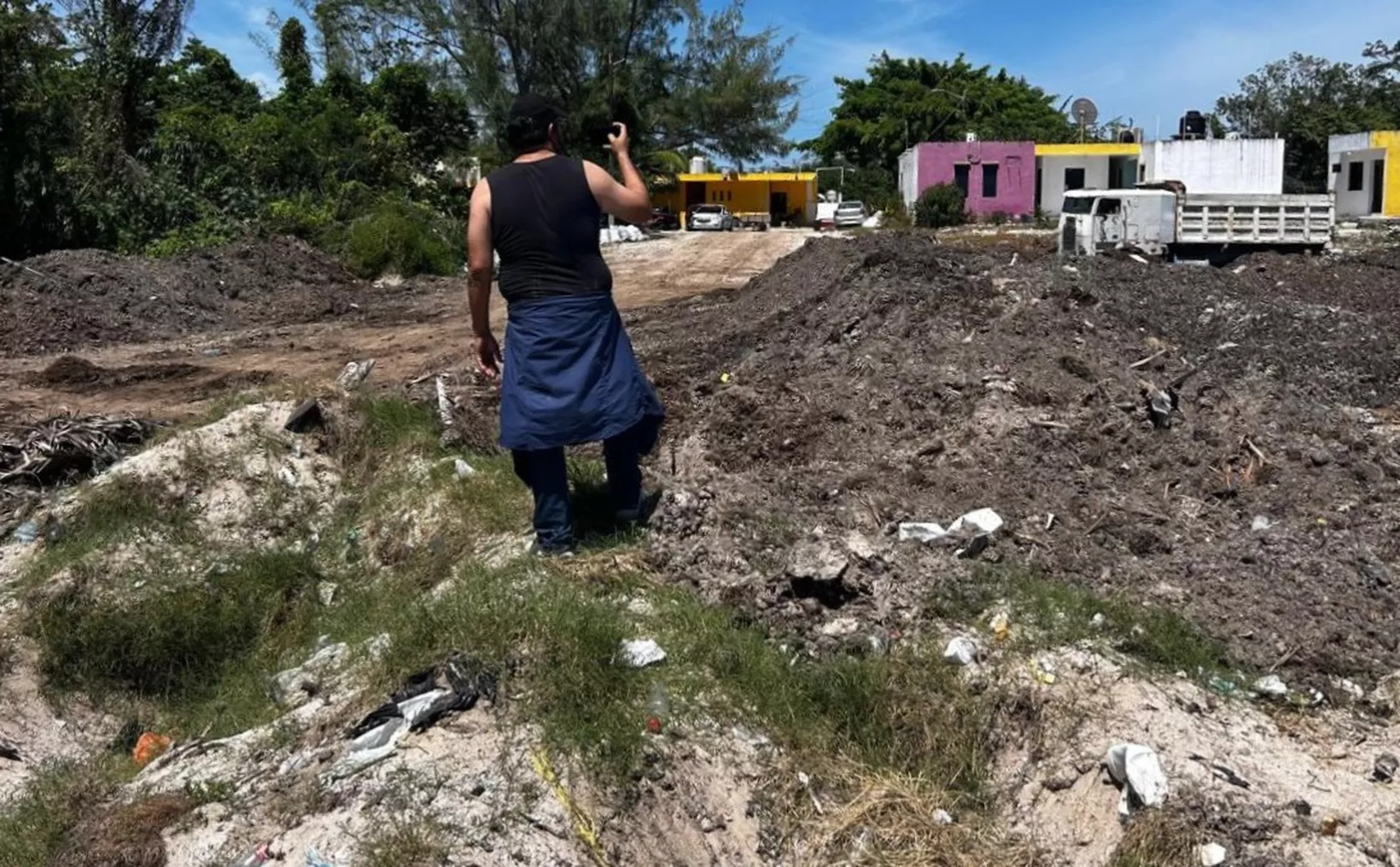Mahahual, Mexico — Researchers from the Autonomous University of the State of Quintana Roo (Uqroo) are conducting a project titled "Association between Exposure to Sargassum Leachates and Health Alterations in the Coastal Population of Mahahual and Xcalak."
María de Lourdes Rojas Armadillo, the lead researcher directing the project, stated that the decomposition of sargassum not only generates environmental and tourism-related issues in the Mexican Caribbean but may also be linked to health risks for the local population.
She indicated that, after 48 hours of accumulation, sargassum releases liquids known as leachates, which contain toxic compounds. Among these is hydrogen sulfide, a gas that produces an unpleasant odor and, at certain concentrations, can cause eye irritation, respiratory difficulties, and other effects on the human body.
She expressed that the radius of risk extends up to two kilometers from the sites where mounds of sargassum accumulate.
"In Mahahual and Xcalak, entire families live and work within that distance. We are talking about fishermen, tourism service providers, restaurant owners, and inhabitants who coexist daily with the phenomenon. What we are seeking is to document whether a relationship exists between proximity to the leachates and the presence of symptoms in the population," said Rojas Armadillo.
Rojas Armadillo added that the project focuses on the detection of symptoms, as well as opening a dialogue with local authorities.
"Science can offer data, but the decision to implement public policies corresponds to the institutions. We hope that the results of this study will be an input for health and environmental authorities to strengthen sargassum management actions," she added.
She called on the inhabitants of Mahahual and Xcalak to join the study, stating that the project is by the community and for the community, and that every person who participates helps to better understand what is happening and to propose solutions that benefit everyone.
The project "Association between Exposure to Sargassum Leachates and Health Alterations in the Coastal Population of Mahahual and Xcalak" has the support of the Quintana Roo Council of Science and Technology (Coqhcyt) and the participation of six medical specialists affiliated with the National System of Researchers. It was approved by the university's Ethics Committee and seeks to provide scientific certainty to a topic that has thus far been scarcely studied in Mexico.
Discover more from Riviera Maya News & Events
Subscribe to get the latest posts sent to your email.
